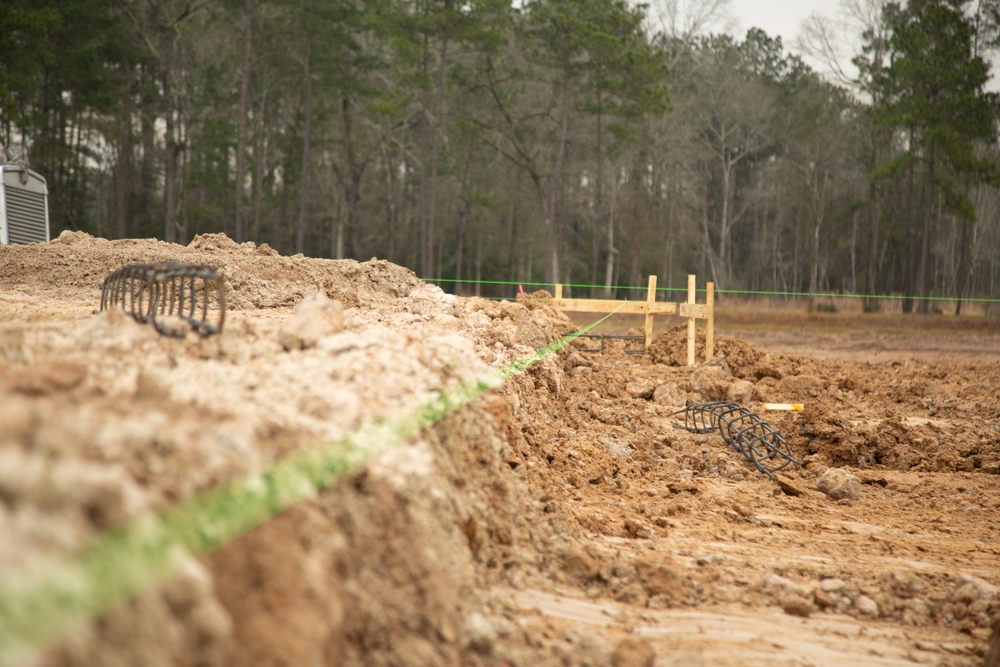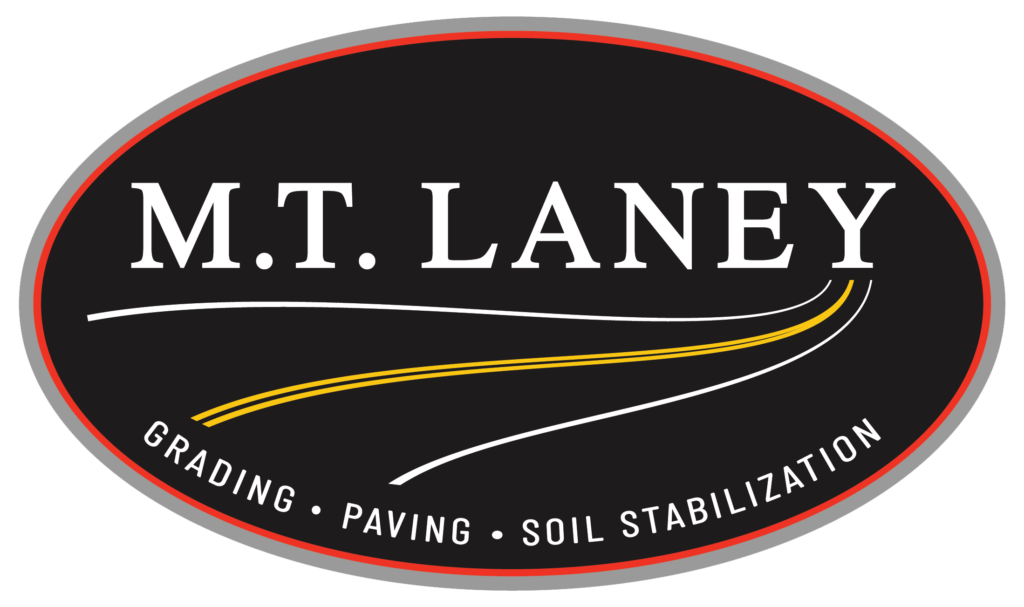When it comes to paving projects, whether for roads, parking lots, or driveways, proper site preparation is the foundation for a long-lasting, high-quality result. Skipping or rushing through this crucial step can lead to premature wear, costly repairs, and structural issues. At M.T. Laney, we understand that thorough site preparation is the key to successful paving projects. Here’s why it matters.

Ensures a Stable Base
A strong and stable base is critical for any paving project. Without proper preparation, the underlying soil or gravel may shift over time, leading to cracks, potholes, and uneven surfaces. Proper grading, compacting, and soil stabilization techniques help create a foundation that can withstand traffic loads and environmental conditions.
Prevents Drainage Issues
Water is one of the biggest threats to paved surfaces. Poor drainage can lead to standing water, erosion, and freeze-thaw cycles that cause asphalt or concrete to deteriorate quickly. During site preparation, proper grading and the installation of drainage systems ensure water is directed away from the pavement, preserving its integrity for years to come.
Improves Longevity and Performance
When a paving project starts with well-prepared ground, the final surface is more durable and less likely to require frequent repairs. A properly compacted subgrade and base layer prevents settling and shifting, ensuring that the pavement remains smooth and structurally sound for a longer period.
Reduces Maintenance Costs
Investing in thorough site preparation upfront saves money in the long run. Poorly prepared sites often lead to premature pavement failure, requiring costly repairs and resurfacing. By addressing potential issues before paving begins, property owners and municipalities can avoid unnecessary maintenance expenses.
Enhances Safety
A poorly prepared site can result in an uneven or weak surface, increasing the risk of accidents, such as vehicle damage or pedestrian trips and falls. Proper site preparation ensures a level, well-compacted surface that promotes safety for drivers, workers, and pedestrians.
Complies with Industry Standards
Following proper site preparation protocols ensures compliance with industry regulations and local construction codes. Adhering to these standards is not only essential for project approval but also guarantees that the pavement meets the required specifications for load-bearing capacity, safety, and longevity.
Key Steps in Proper Site Preparation
At M.T. Laney, we follow a comprehensive site preparation process, which includes:
1. Clearing and Excavation: Removing vegetation, debris, and old pavement to create a clean work area.
2. Grading and Leveling: Shaping the site to ensure proper slope and drainage.
3. Soil Stabilization: Treating the soil to improve its strength and prevent shifting.
4. Base Layer Installation: Laying and compacting a strong base material, such as crushed stone or gravel.
5. Compaction: Using rollers and compactors to achieve a solid, uniform foundation.
6. Final Inspection: Ensuring all conditions are met before paving begins.
Prepare for Your Paving Project with M.T. Laney
Proper site preparation is important for the success and longevity of any paving project. It provides a stable base, ensures proper drainage, enhances safety, and reduces long-term maintenance costs. At M.T. Laney, we take pride in our meticulous approach to site preparation, ensuring that every paving project we complete stands the test of time.
For expert paving solutions backed by quality site preparation, contact M.T. Laney today!

 (410) 795-1761
(410) 795-1761
